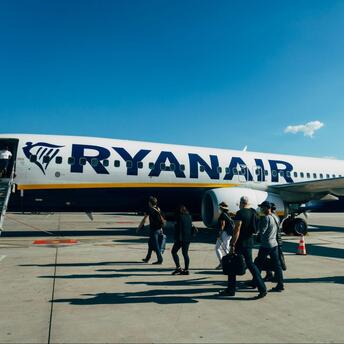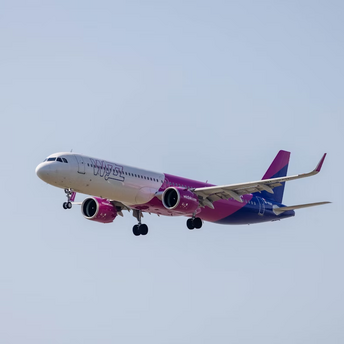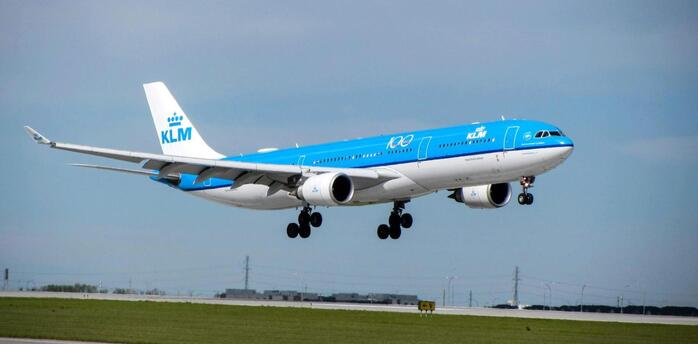New Non-Stop Route from Cape Town Opens Up Mauritius for Travelers

South African Airways will launch a direct flight connection between Cape Town and Mauritius beginning 9 December 2025. The new connection improves international travel options from the Western Cape, providing a more direct route for passengers heading to a key destination in the Indian Ocean. This development marks a shift toward improved connectivity for travelers outside of Johannesburg.
Flights are scheduled three times per week on Tuesdays, Thursdays, and Saturdays. The timetable is as follows:
- Departure from Cape Town at 09:25 AM, landing in Mauritius at 4:30 PM
- Return service departs Mauritius at 5:20 PM, arriving in Cape Town at 9:30 PM
- Flight duration is approximately five hours
- Service will be reduced to two weekly flights between mid-January and mid-March 2026 due to seasonal variations in demand
With this direct service in place, travelers will have easier access to several of Mauritius’s key attractions. These include the Seven Coloured Earths in Chamarel, a rare geological site with vibrant sand dunes formed by volcanic activity. Le Morne Brabant, a dramatic mountain peninsula and UNESCO-listed heritage area, offers coastal hikes and sweeping views. Just off the eastern coastline, Île aux Cerfs attracts travelers with its peaceful lagoons and variety of water activities.
On the South African side, the new route also benefits travel within the Western Cape by giving visitors more flexibility in planning regional exploration. The Cederberg Wilderness Area offers opportunities for hiking among striking sandstone formations. Langebaan Lagoon is ideal for kayaking and birdwatching along the calm waters of the West Coast National Park. Cape Agulhas, the southernmost point of Africa, draws visitors to the meeting point of the Atlantic and Indian Oceans.

The introduction of this connection provides a more convenient alternative to longer, indirect travel routes. It reflects a growing trend toward point-to-point international services that reduce the need for stopovers and simplify the journey for passengers. For leisure travelers especially, this development supports easier access to remote destinations and encourages new patterns of regional tourism.



















